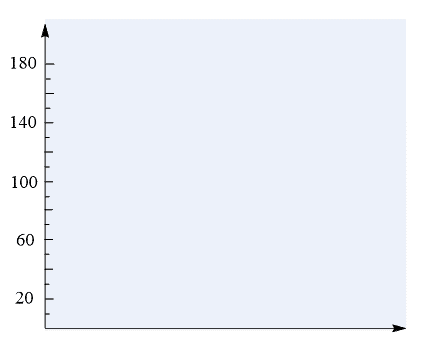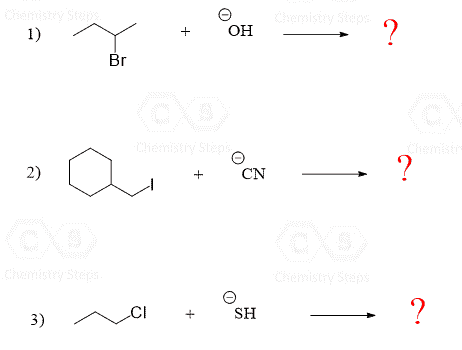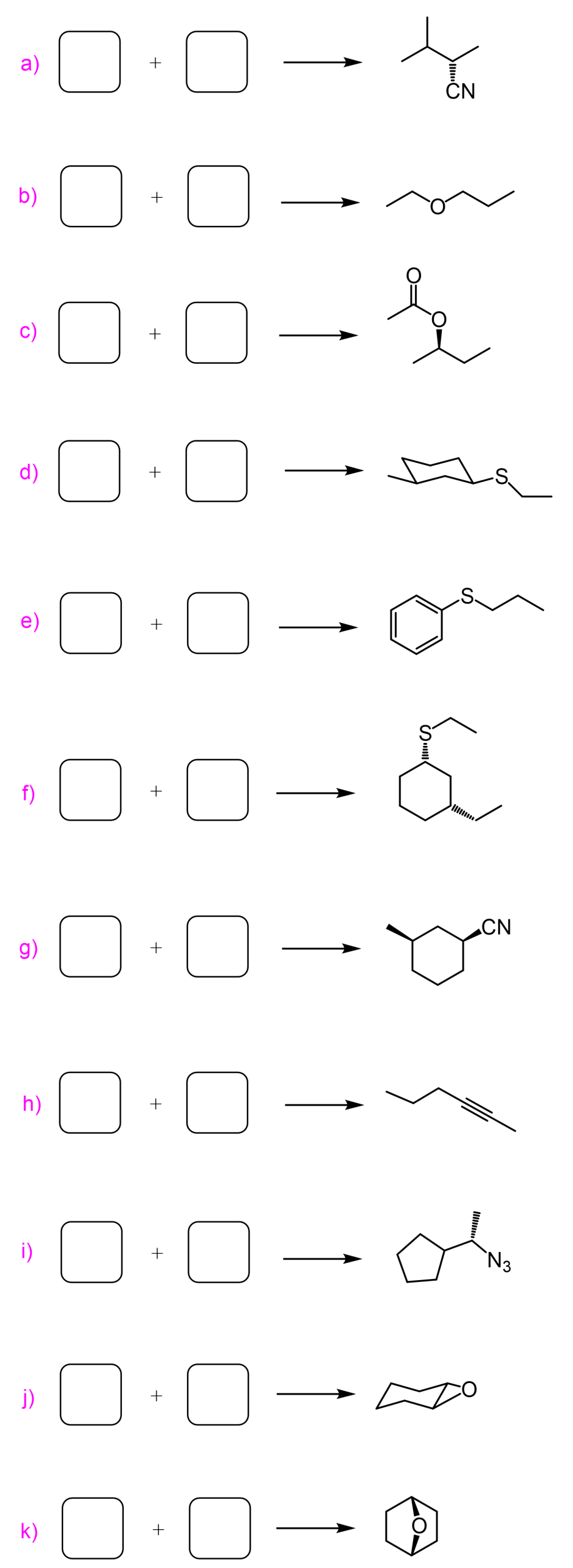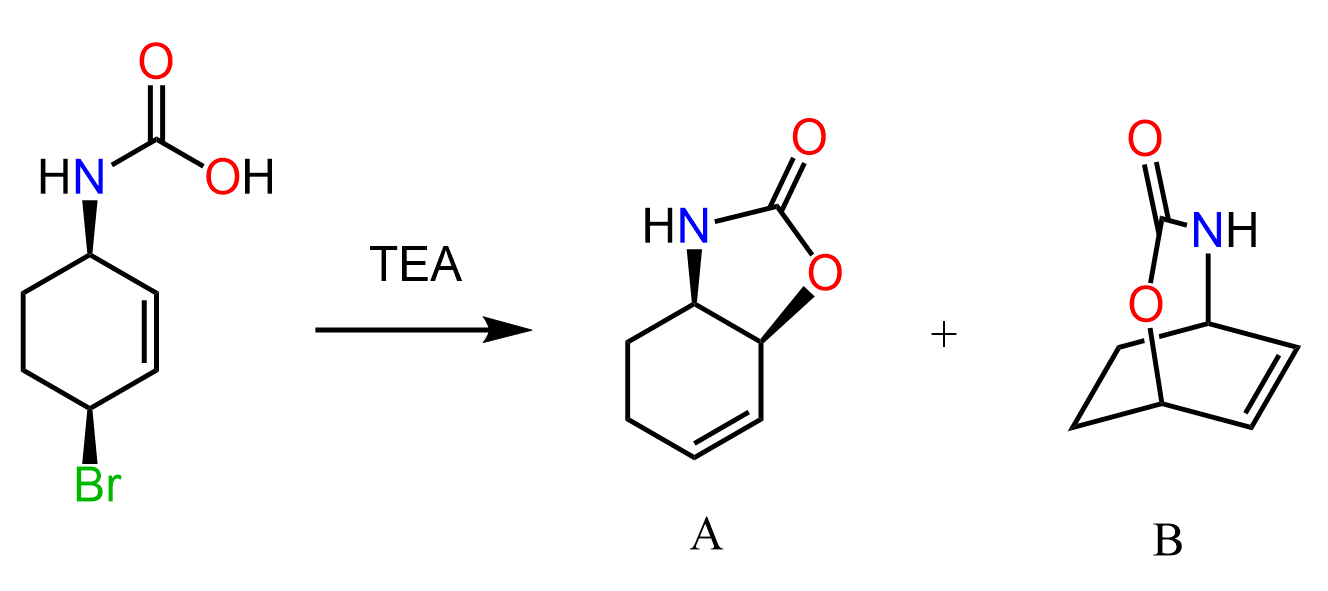Nucleophilic Substitution reactions are very important as they are the first type of reactions that teach us how to achieve functional group transformations in Organic Chemistry. Substitution reactions cover a broad spectrum of topics, starting from kinetics and thermodynamics that require your knowledge of rate laws, enthalpy of reaction, and energy diagrams in general. In order to fully understand the mechanisms and differences between SN2 and SN1 reactions, you need to strengthen your basis of General Chemistry and build up skills in Organic structures and curved-arrow mechanisms.
This quiz will help you assess and improve your comprehension of the SN2 mechanism. It starts with the kinetics of the SN2 reaction in question one and covers the energy diagrams, including questions about the reaction such as its activation energy, enthalpy, order, and the overall mechanism covered through questions 2-5. Question 2 is a comprehensive question that demonstrates how much information one energy diagram can convey.
The curved arrow pushing in SN2 mechanisms is covered in questions 6-7. Identify the nucleophile and the leaving group to draw the movement of electrons from the nucleophile to the electrophilic carbon, break off the bond with the leaving group, and last, pay attention to any stereochemistry involved in the reaction.
Print the energy diagrams and mechanisms and draw the answers to all the questions on paper before accessing the answers.











